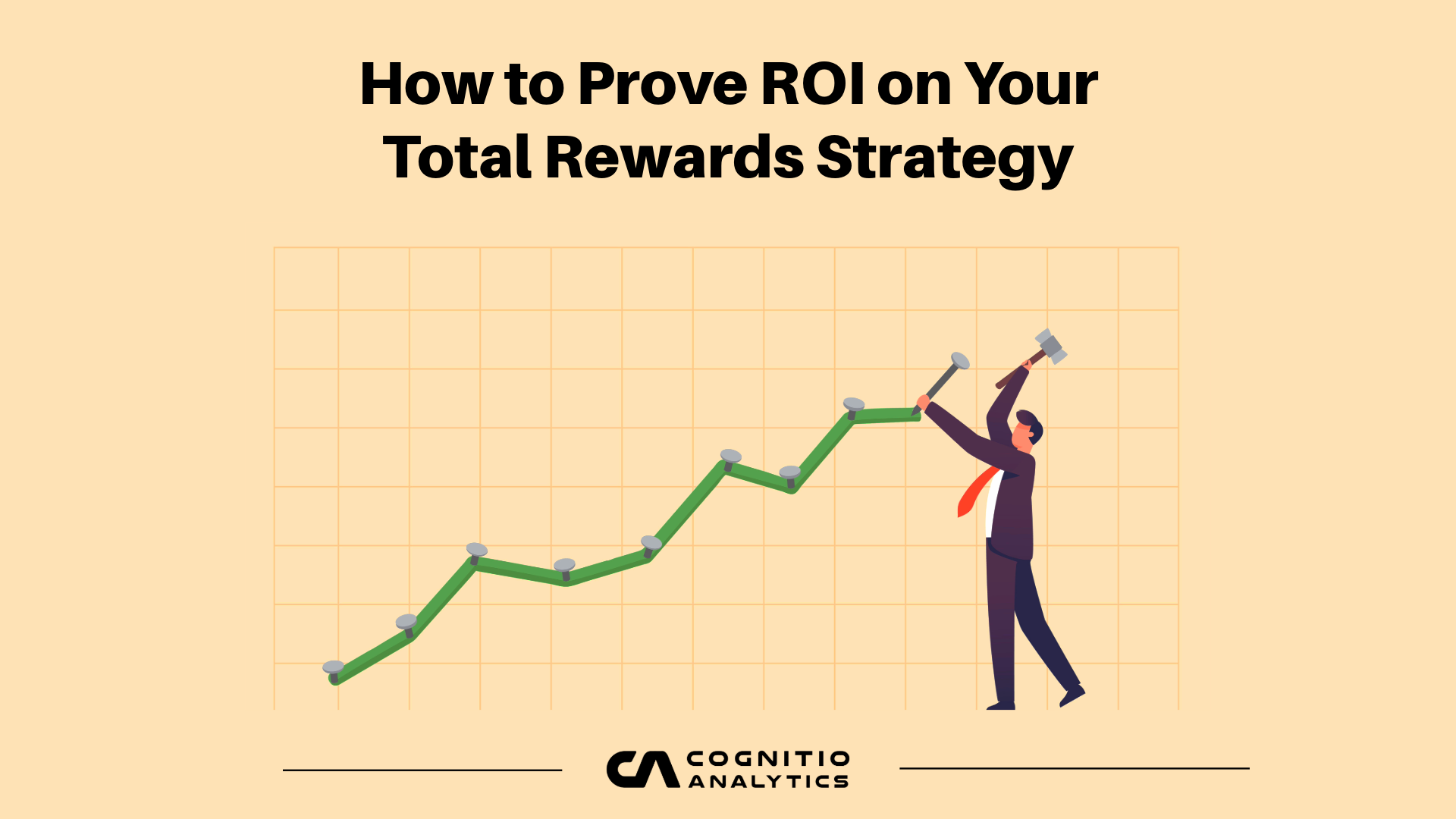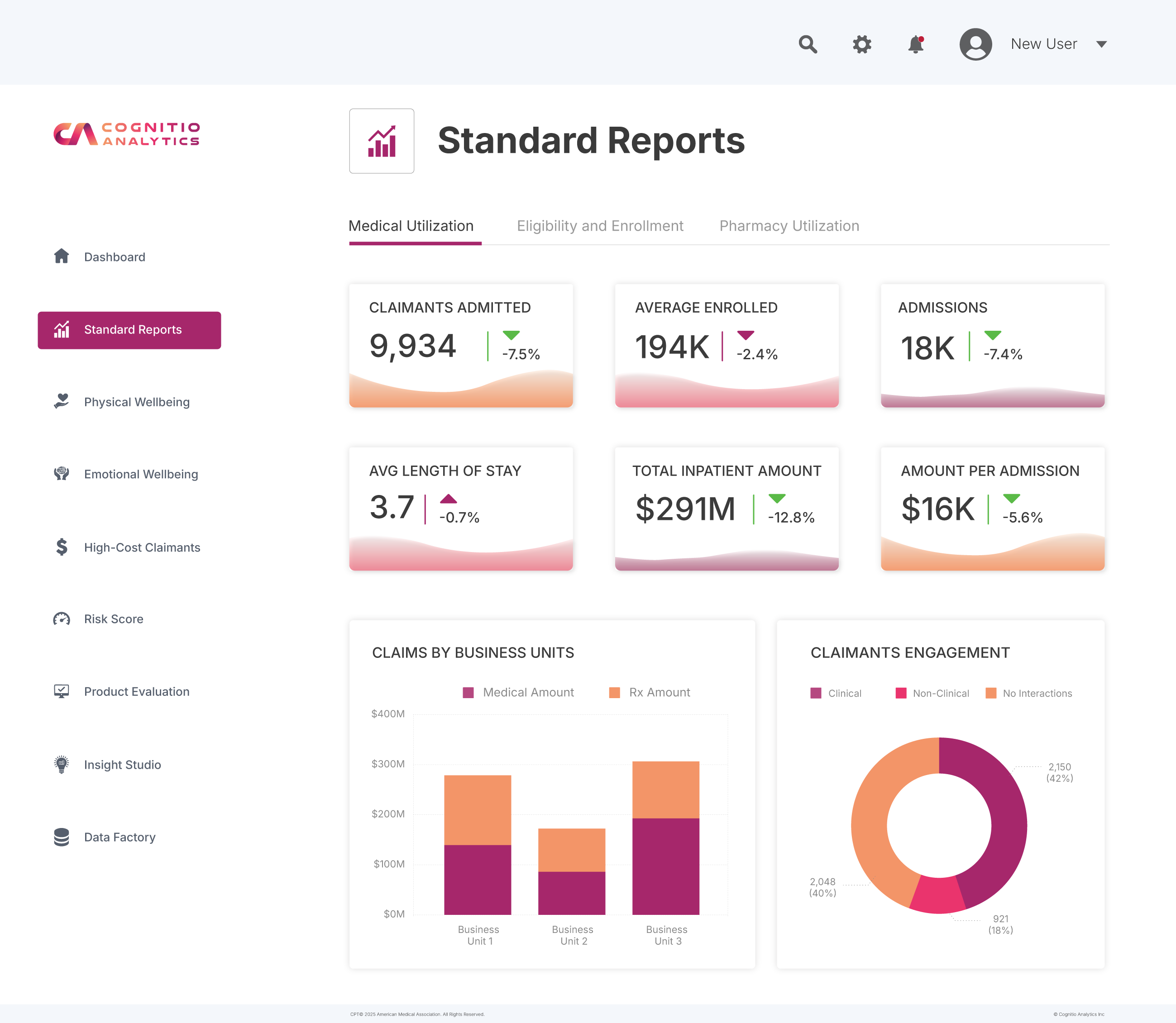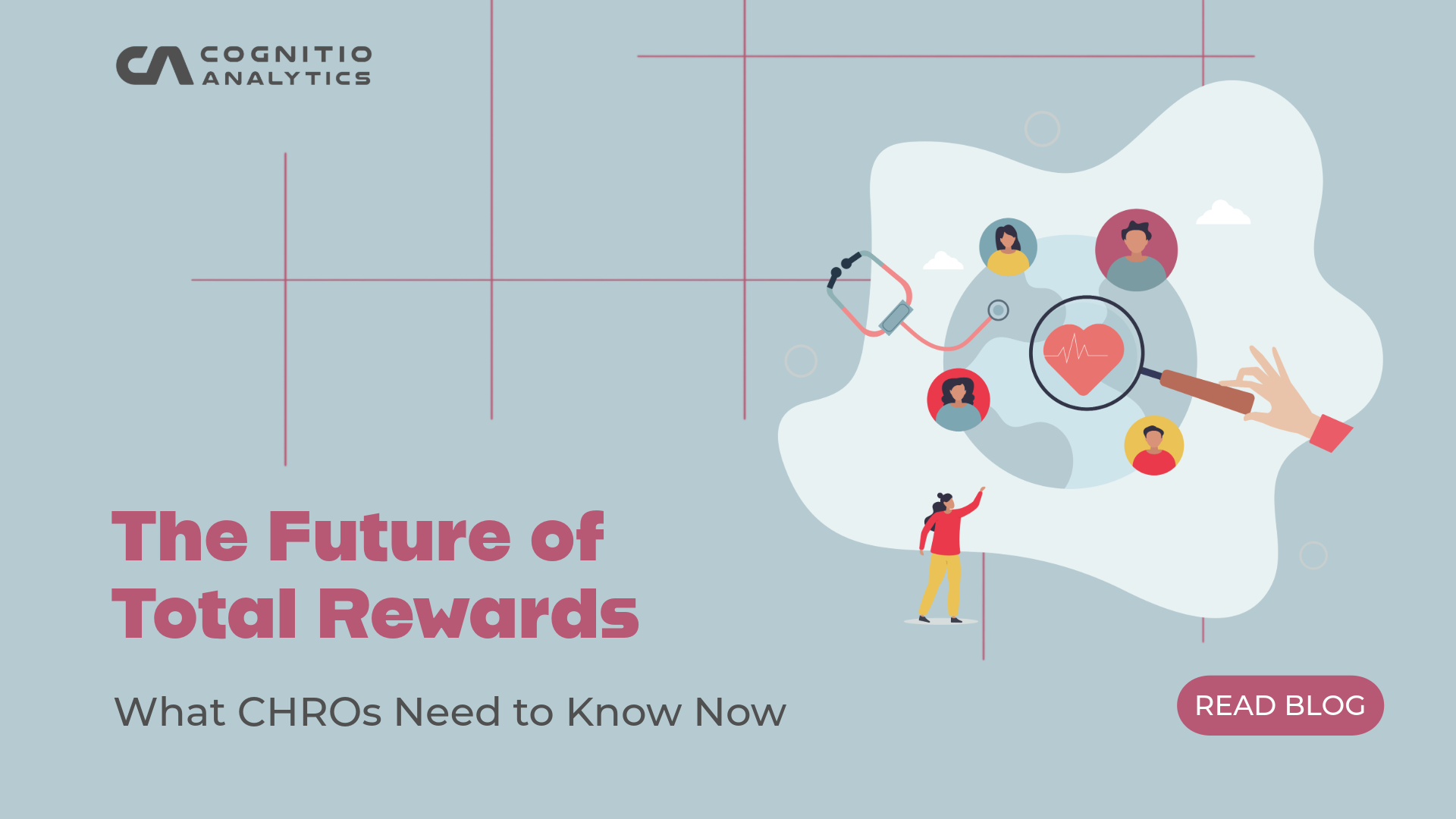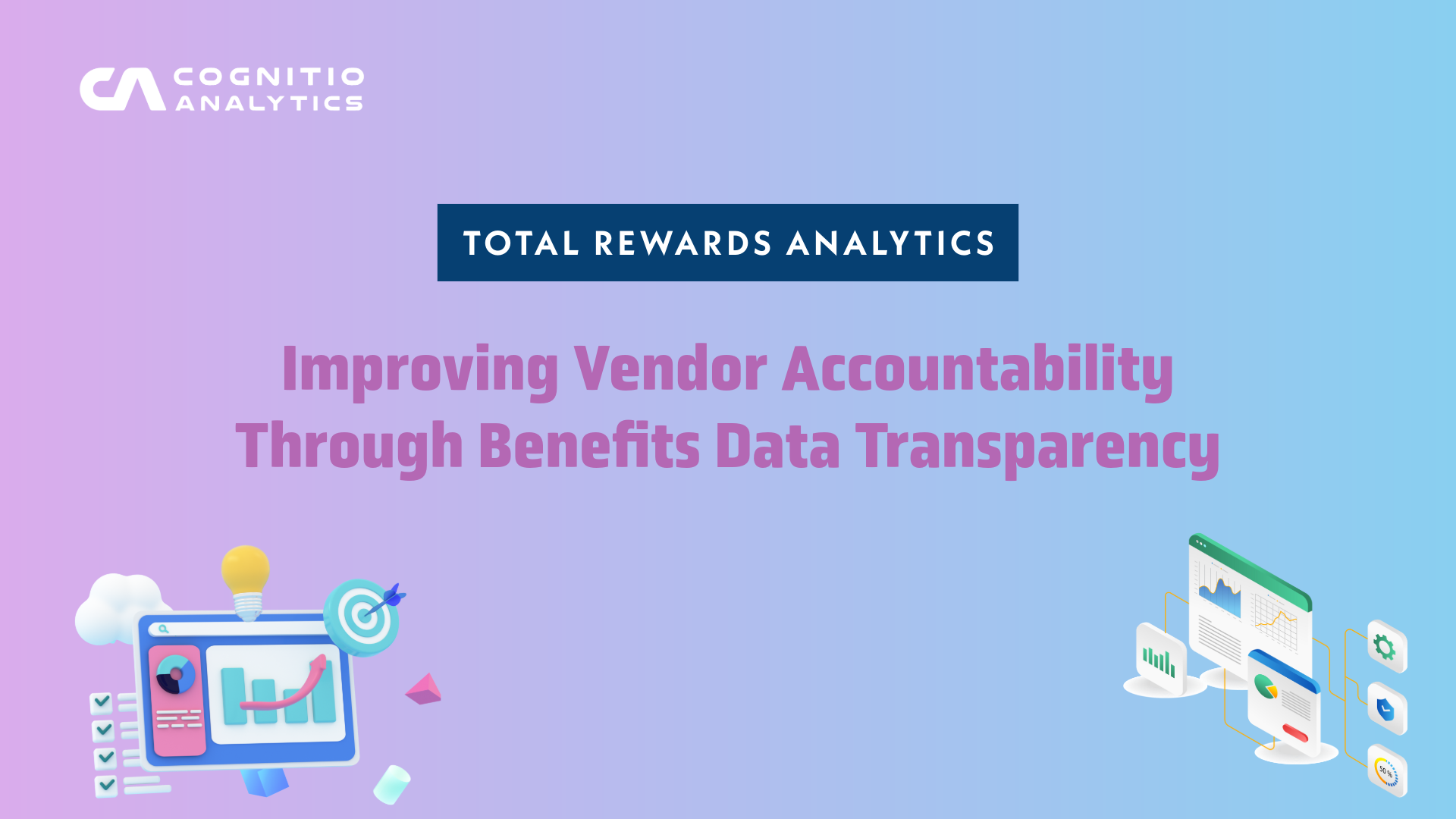
How to Prove ROI on Your Total Rewards Strategy
- Published Date: October 10, 2025
Employee benefits are one of the largest investments an organization makes—second only to salaries. Yet, when leadership asks about the return on that investment, the answer is often unclear. Are wellness programs reducing absenteeism? Is preventive care lowering long-term costs? Do employees truly value the benefits being offered?
Without clear ROI measurement, HR leaders risk operating in the dark. That’s where Total Rewards Analytics (TRA) provides the clarity to measure, communicate, and improve the impact of benefits strategies.
The ROI Challenge in HR
Unlike marketing campaigns or sales investments, benefits ROI is harder to quantify because:
- Outcomes span both financial and human impact (e.g., lower claims costs and higher employee wellbeing).
- Data lives across vendors and systems, making consistent tracking difficult.
- Results often appear over the long term, requiring predictive as well as retrospective analysis.
This complexity makes it essential to have a structured, data-driven approach.
Turning Benefits Data into ROI Evidence
TRA helps organizations go beyond cost reports to understand the full picture:
- Program Evaluation: Track utilization and outcomes at the program level—wellness, disease management, preventive screenings.
- Financial Impact: Measure savings from reduced claims, ER visits, or prescription adherence.
- Employee Value: Analyze engagement and satisfaction data to understand which benefits resonate most.
- Predictive Insights: Model the long-term financial impact of preventive care and engagement strategies.
With these insights, HR leaders can demonstrate not just costs, but measurable returns.
Why Proving ROI Matters
- Stronger business case for HR: Clear ROI data elevates HR’s influence in strategic decision-making.
- Smarter investment decisions: Organizations can double down on programs that deliver impact and cut those that don’t.
- Employee trust and alignment: Demonstrating value ensures employees see benefits as more than just a cost line item.
Prove the impact of every benefits decision.
See how TRA quantifies ROI and helps HR leaders turn insights into measurable business outcomes.
Conclusion: From Cost Center to Value Driver
Benefits should be seen as a strategic investment, not just an expense. By measuring ROI with the right tools, HR can prove the tangible and intangible returns of their programs—building stronger alignment with leadership and ensuring employees get the most value from their rewards.
With TRA, HR teams move beyond guesswork to show exactly how their strategies drive outcomes that matter.
Explore the Latest
Insights, stories, and trends shaping the future of work and rewards.




